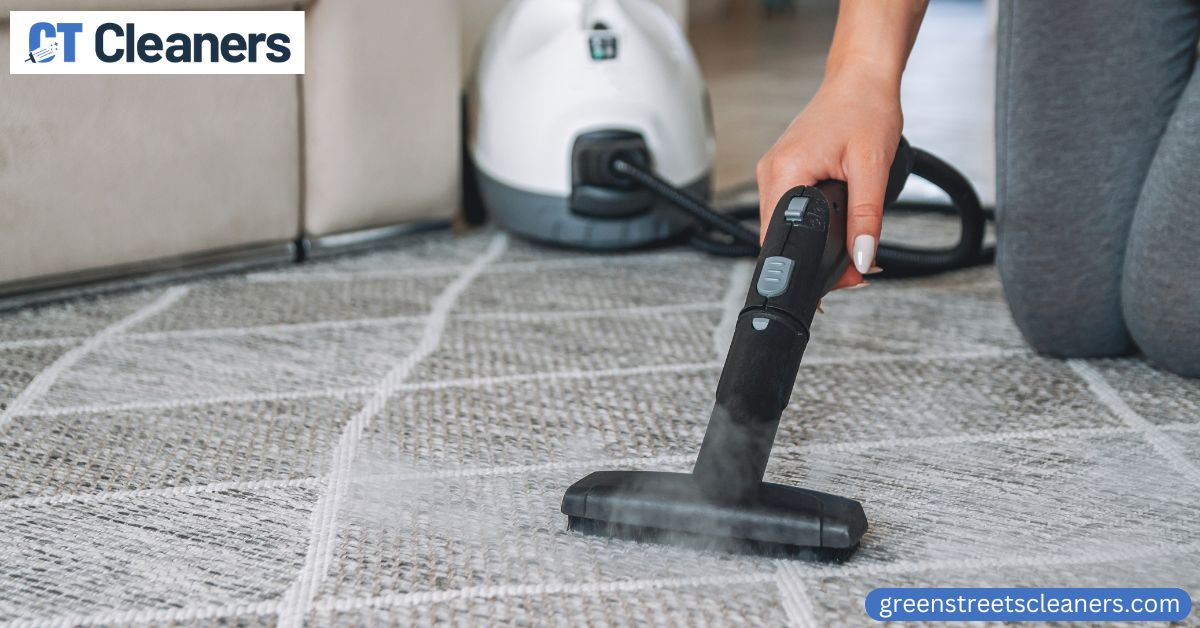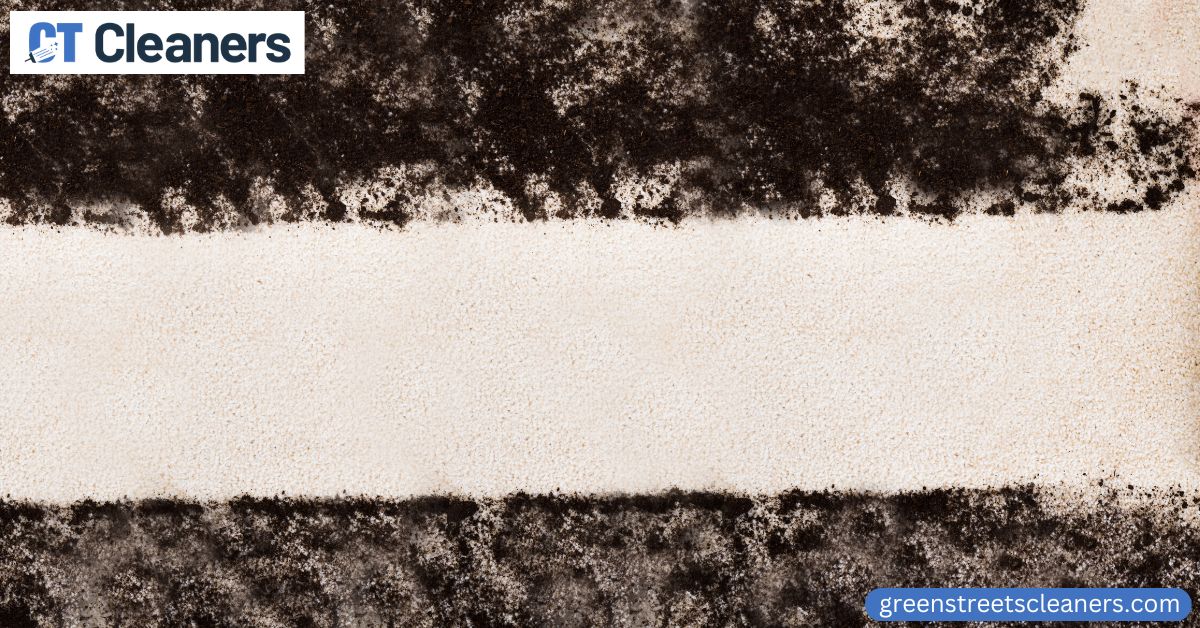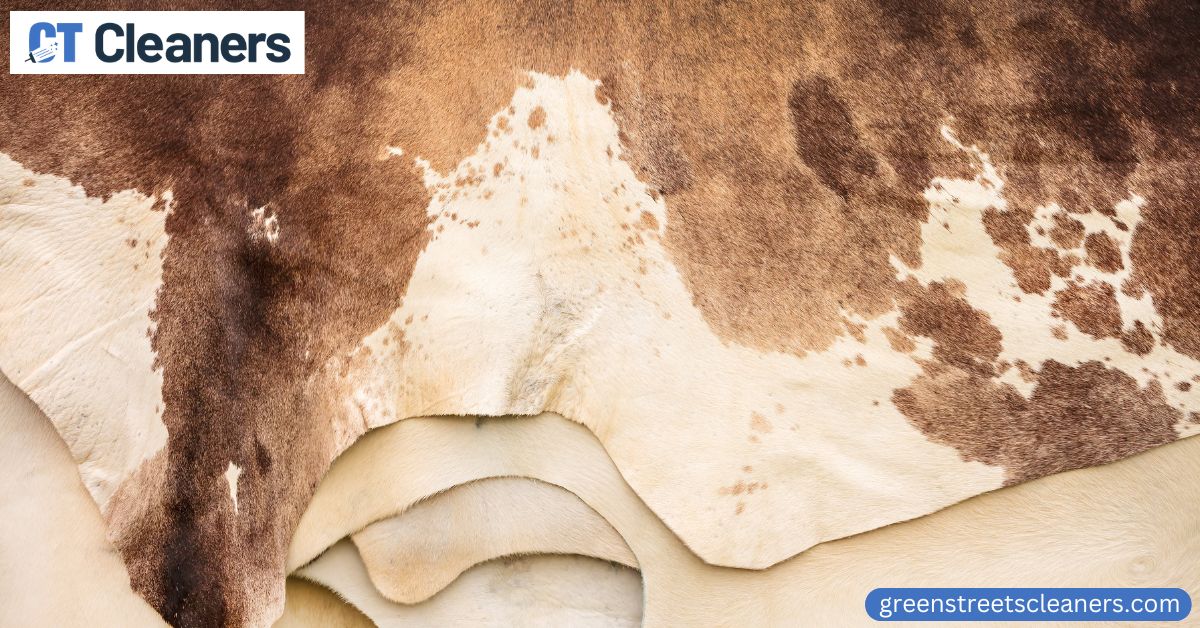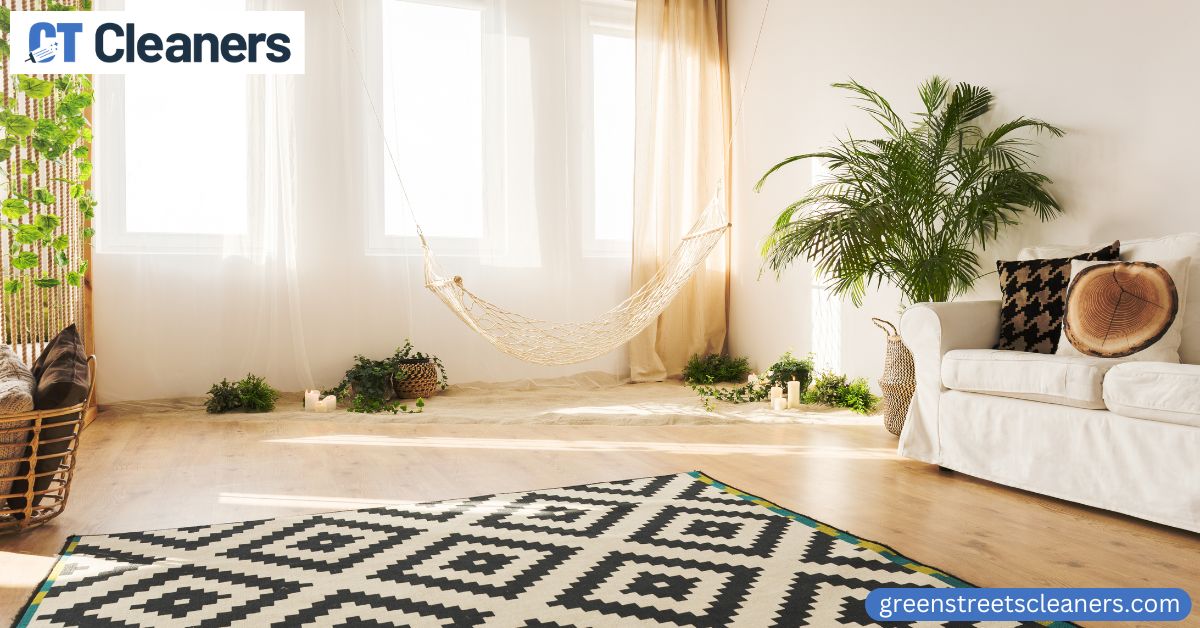Hair on hide carpets has been a popular choice for floor coverings for centuries, providing comfort and warmth in addition to a unique visual appeal.
However, hair on hide carpets is prone to discoloration over time due to factors such as sun exposure, age, and wear and tear. Fortunately, there is a way to restore the color of your hair on a hide carpet: color correction.
This article will discuss the benefits of color correction for hair on hide carpets and provide an overview of the factors affecting their color, techniques for correcting discoloration, steps involved in the process of color correction, as well as tips for maintaining the corrected hue.

Benefits of Color Correction for Hair on Hide Carpets
A hair-on hide carpet can be one of the most luxurious and stylish elements to have in a home. However, hair on hide carpets requires care and maintenance to keep them looking their best for years to come.
Color correction is an important part of hair on hide carpets cleaning, which many people overlook but is essential for preserving the material’s original look and feel. Specifically, color correction helps restore any fading or discolorations due to time and excessive sun exposure by restoring the natural hues back into the hair strands.
This process helps hair on hide carpets continue to shine a brand new no matter how much age or wear they’ve had due to daily use. Professionally cleaning hair on hide carpets with color correction revitalizes their beauty and long-term functionality so you can continue to enjoy their presence in your home.

Factors Affecting the Color of Hair on Hide Carpets
Hair-on-hide rugs are becoming increasingly popular, yet when considering hair-on-hide products there are certain factors that can affect the color and quality of these special pieces.
Cleaning hair on hide rugs requires a more detailed process compared to regular synthetics, as using water or traditional cleaning methods can cause the hair to lose its luster and look faded.
In some cases, depending on how often the rug is used and exposed to light, hair on hide rugs may require wool wash detergents or specialized cleaners to preserve their color. Additionally, humidity and room temperature levels can also contribute to a hair-on-hide rug’s fading.
The hair becomes more brittle in dry environments and tends to lose it is natural sheen. Taking proper care of the hair on hide rugs will ensure they last for years to come with their beautiful sheen intact.
“I was so pleased with the results of the Hair On Hide Carpets Color Correction service that I received from this company. They did a fantastic job restoring my carpets to their original color!”
– Rose P., East Side
Tips for Maintaining the Corrected Color of Hair on Hide Carpets
Maintaining the correct color of the hair on hide carpets is an important part of preserving their beauty and longevity. Fortunately, with proper care and maintenance, it can be easy to keep your carpet looking vibrant for years to come.
Here are some tips for maintaining the corrected color of the hair on hide carpets so you can enjoy them in all their glory!
- Vacuum regularly to remove dirt, dust, and debris that can dull the color of the hair on the hide carpet.
- Use a carpet brush or a soft-bristled brush to gently remove any tangles or mats that can cause discoloration.
- Avoid exposure to direct sunlight, as it can fade the color of the hair on the hide carpet. Consider using window treatments, such as curtains or blinds, to protect your carpet from sun damage.
- Avoid using harsh chemicals, such as bleach or ammonia, as they can cause the color of the hair on the hide carpet to fade or change.
- Clean up spills and stains promptly to prevent them from setting in and affecting the color of the hair on the hide carpet.
- Use a mild, pH-balanced cleaner specifically designed for hide carpets to clean and maintain the color of the hair.
- Have the hide carpet professionally cleaned at least once a year to keep the color looking vibrant and bright.
- Rotate the hide carpet periodically to even out any fading or discoloration caused by foot traffic or exposure to light.
Color Correction Techniques for Hair On Hide Carpets
Hair on hide carpets is a luxurious and timeless addition to any home. However, like all fabrics that are exposed to the sun, they can become discolored over time. Fortunately, there are several color correction techniques for hair on hide carpets that can help restore them to their original beauty.
Whether you have an antique rug or a modern one, these methods can be used to make sure your carpet looks its best for years to come. In this article, we will discuss some of the most common color correction techniques available so you know how to keep your hair on hide carpets looking vibrant and beautiful.
| Technique | Description |
| Touch-Up Markers |
Touch-up markers are an easy and convenient way to cover up small scuffs or scratches on your hair on the hide carpet. Simply choose a color that matches your carpet and color in the affected area.
|
| Dye |
For larger areas of discoloration, a hair-on hide carpet dye may be used. This method can be done professionally or at home, but it is important to use a high-quality dye that is specifically formulated for hair on hide materials.
|
| Paint |
Another option for covering up larger areas of discoloration is to use matching paint. This method can be done at home and is similar to using a dye, but it may require multiple coats to achieve a uniform color.
|
| Cleaning and Conditioning |
Regular cleaning and conditioning of your hair on hide carpet can help to maintain its color and prevent discoloration. A gentle soap, water, and a soft cloth can be used to clean the carpet, while a leather or hide conditioner can be used to keep the fibers soft and supple.
|

How to Choose the Right Color Correction Method
Before you choose a carpet cleaning and color correction method, consider the environment. The level of carpet sanitizer used, the carpet fiber type, and carpet cleaning equipment are just some factors that can influence which process is right for you.
CT cleaner is one option available that touts safe sanitization; however, other carpet cleaning methods exist that offer deeper cleaning with less risk of damage to carpet fibers. Whichever option you go with, it’s essential to inquire about their product certifications as well as any guarantees they provide against pet odor or stains.
Asking these questions helps ensure the company has your best interests in mind and that your carpet will be restored to its original color without needless damage.
In conclusion, From the benefits of color correction to tips for maintaining a corrected hue, this article has provided an in-depth overview of how to keep your hair on hide carpets looking vibrant and beautiful.
Taking proper care of these special pieces is essential for preserving their original look and feel, so it’s important to be aware of factors that can affect the color and quality such as sun exposure, age, humidity levels, room temperature, etc.
With the right knowledge and techniques, you’ll be able to restore any fading or discoloration due to time while also keeping them shining like new with minimal effort. Color correction is not only beneficial but necessary if you want your hair on hide carpeting to continue making a statement in your home.







